flowerbug
Garden Master
@flowerbug
I have grown Shantyboat twice. The bean has finished ahead of frost both times. Frost here is about from October 5 to the 15th.
ok, thank you!
@flowerbug
I have grown Shantyboat twice. The bean has finished ahead of frost both times. Frost here is about from October 5 to the 15th.
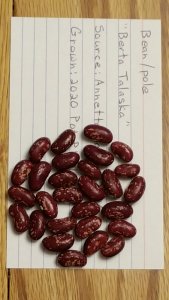
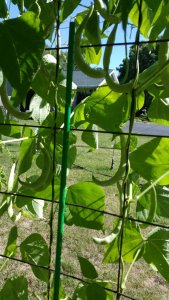
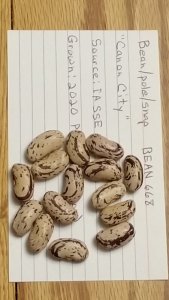
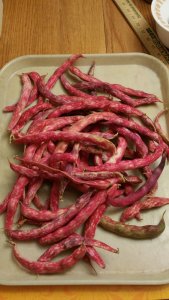
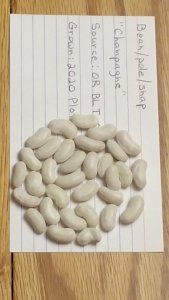
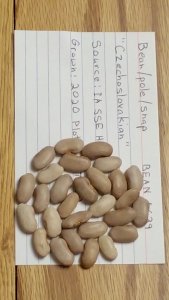
No; I only had one photo each of Champagne & Czechoslovakian, so I put them side-by-side after the descriptions. That is the same format @Bluejay77 uses for his bean show, so I'm following his lead. You might notice that I also make a point of including the variety name in the seed photo.missing pic in the middle @Zeedman?
No; I only had one photo each of Champagne & Czechoslovakian, so I put them side-by-side after the descriptions. That is the same format @Bluejay77 uses for his bean show, so I'm following his lead. You might notice that I also make a point of including the variety name in the seed photo.
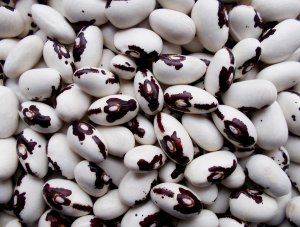
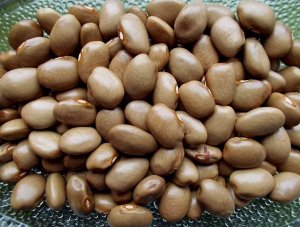
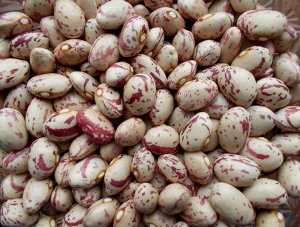
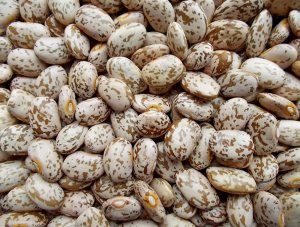
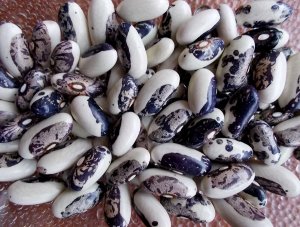
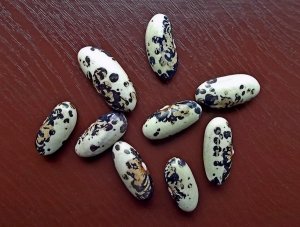
Ocean View - beans grew in too humid place, therefore the crop is not high.